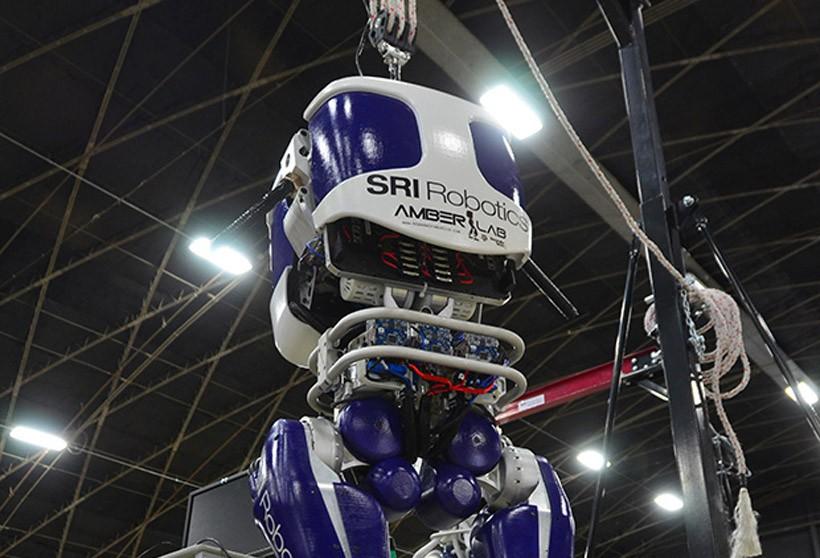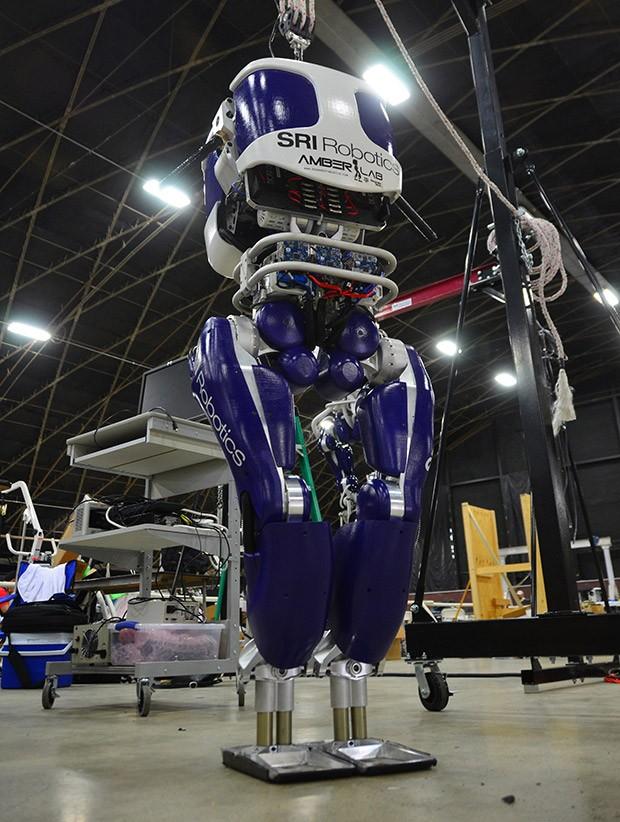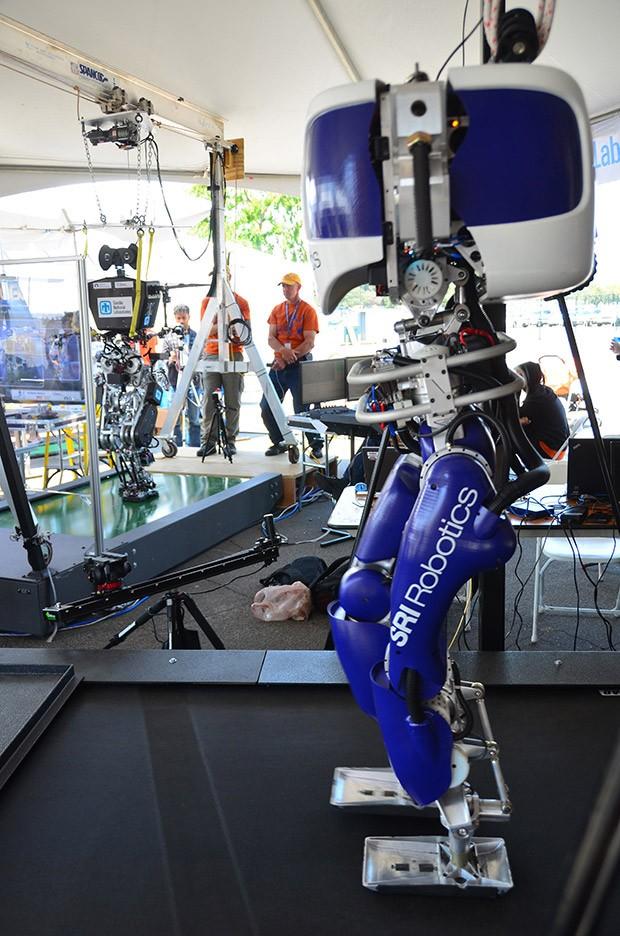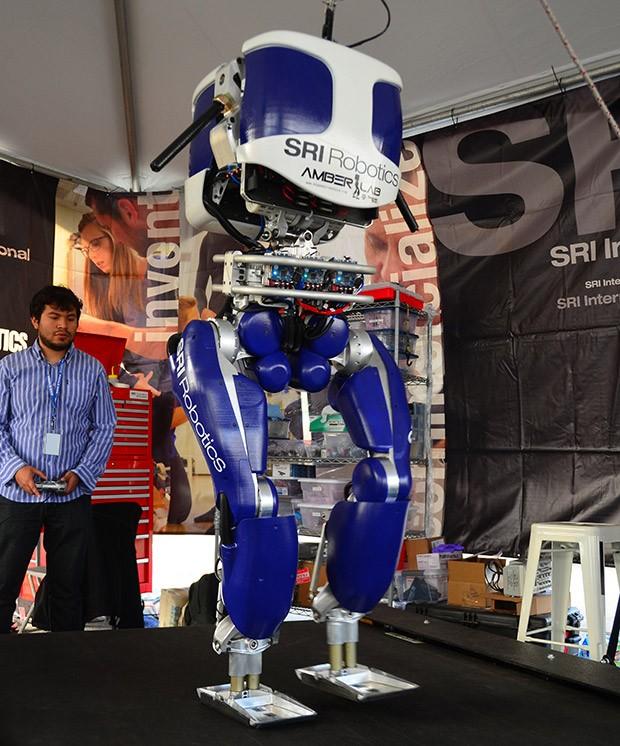SRI Durus Humanoid Walking Robot Is Ultra-Efficient
DARPA has been sponsoring all sorts of robotics challenges, including the Robotics Challenge course where the robots are supposed to do things that a human would normally do in an emergency. That isn't the only challenge that DARPA has put down for robot designers. At the same time the DARAP Robotics Challenge course is being transverse by robots, another challenge is underway.
That challenge is in efficiency for robots. The more efficient a robot is, the further it can travel on a single charge. The further it can travel, the more useful it is in any situation. A robot at the efficiency challenge created by SRI called Durus is said to have been created starting back in 2013 under a secret contract from DARPA aiming to create low power actuators.
The goal with Durus was to make a robot that was ultra-efficient when it came to power use. The ultra-efficient goal in this competition is 20-30 times more efficient that Boston Dymanics' Atlas robot. In the challenge, Durus was given a fresh battery and then placed on a treadmill. It walked for 2 hours and 35 minutes and traveled 2.05 kilometers on a single charge.
That distance gave the robot a metric called average cost of transport of 1.5. The team thinks that it can get that number down to one with tweaking. If you are wondering, the cost of transport for a human is 0.2, that means robots have a long way to go to be as efficient as people. If the team can get the Durus robot to a cost of transport of one, it would be able to walk 10km with its 2.2 kWh battery.
SOURCE: Spectrum




